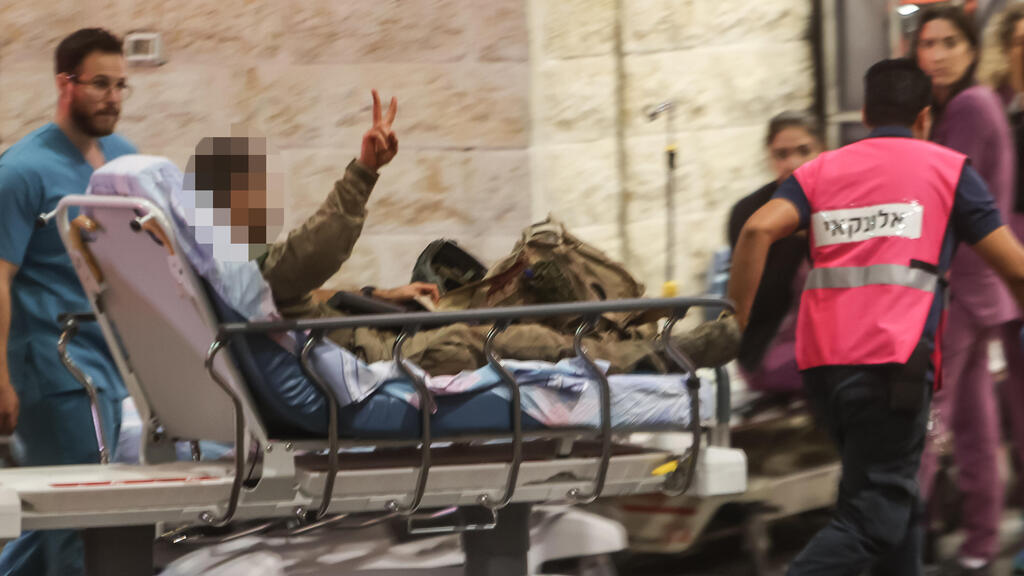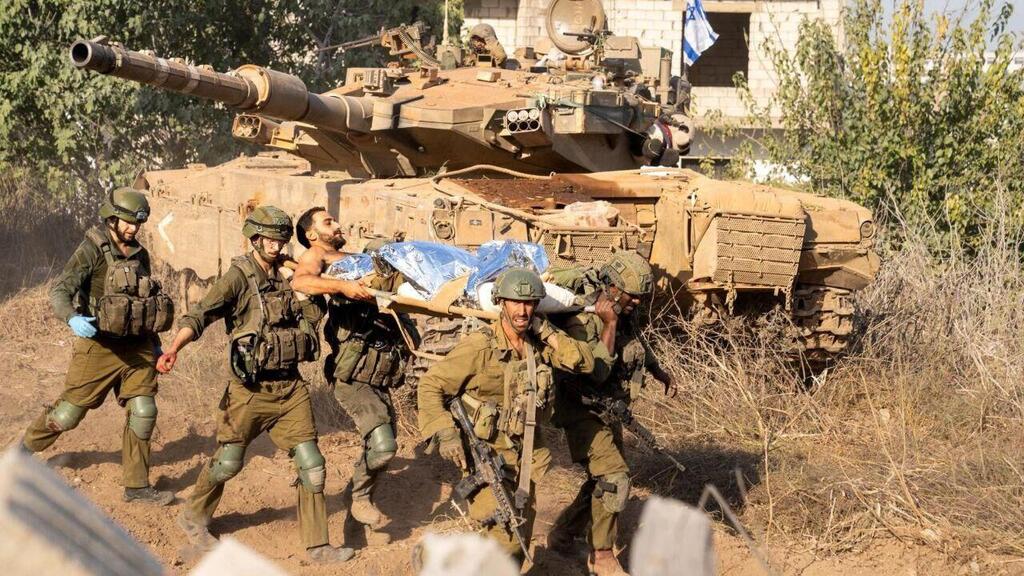Getting your Trinity Audio player ready...
A new study presented on Wednesday at the Israel National Institute for Health Policy Research conference revealed that 70% of the victims of the October 7 massacre underwent at least one surgery, while 30% were hospitalized in critical condition.
The study also highlighted that 2.5% of those injured and evacuated to hospitals were pronounced dead, a relatively low mortality rate compared to terror attack victims. However, many victims were declared dead on-site before evacuation. Most of the injured from the Gaza border area were initially taken to Barzilai and Soroka medical centers, later being transferred to other hospitals.
While the State Comptroller has yet to release conclusions regarding hospital responses during the massacre and a state commission of inquiry hasn’t been appointed to investigate the events and systemic failures, researchers believe the data underscores hospitals' particularly limited capacity to handle such large-scale incidents. Similar criticism was voiced two months ago by a Health Ministry review committee on the massacre.
According to the researchers, Israeli hospitals faced significant challenges following the Hamas massacre, including intake, diagnosis, treatment and rehabilitation of an unprecedented number of casualties. They stressed the immediate need to reorganize hospital infrastructure, with an emphasis on additional imaging equipment and operating rooms.
The study also examined the number of injured individuals transferred to rehabilitation after initial hospital treatment and found that 50% of the injured required rehabilitative care, highlighting the urgent need for health care adjustments.
Get the Ynetnews app on your smartphone: Google Play: https://bit.ly/4eJ37pE | Apple App Store: https://bit.ly/3ZL7iNv
"The immense demand for rehabilitation resources in such a short timeframe necessitates rapid reorganization of existing medical facilities to accommodate the high number of patients requiring rehabilitation," the researchers noted.
The report stressed that the high volume of surgeries following the massacre required a substantial mobilization of personnel, including doctors, nurses and support staff, alongside operating rooms and diagnostic equipment — all within 24 hours.
Over half of the injured remained hospitalized during the two weeks following the massacre, most in serious or critical condition, with many transferred to rehabilitation centers during this period.
The study revealed that 630 injured individuals remained hospitalized post-massacre. Among them, 90% suffered gunshot wounds, 19% had blast-related injuries and 16% exhibited multiple injury mechanisms. The most commonly affected body areas included the lower limbs (49%), upper limbs (42%), the abdomen (28%) and the chest (23%).
The study was conducted by Sharon Goldman, Ira Radomisilansky, Adi Givon, and Professor Elad Katorza from the National Center for Trauma and Emergency Medicine Research and the Gertner Institute for Epidemiology and Health Policy Research, along with Dr. Ari Lapitsky from the emergency medicine department at Emek Medical Center and the Rappaport Faculty of Medicine at the Technion.





